DCSL3C-32C02X-6S is high performance L3 Stackable Managed Switch 32x100G designed by Ethernet switching chip Centec CTC8180. It is high density, 1U 19-inch rack-mounted installation, with Modular pluggable power supplies(Dual AC in default) and modular pluggable FANs, left and right airflow ducts. It supports high-speed data transmission and scalability, with varied management interfaces, include console port, inband network ports, outband network port and USB port. It delivers ultra-low latency and high switching capacity, ensuring seamless data flow for mission-critical workloads. Advanced L2/L3 features, including VXLAN, BGP, EVPN, and MPLS for flexible and scalable network architectures. SDN-ready and Open Networking Support, enabling integration with SONiC or other NOS. With hot-swappable redundant power supplies and fans, ensuring high availability and reliability. This switch is an ideal solution for building next-generation spine-leaf architectures, supporting AI workloads, large-scale virtualization, and cloud-based services, with energy-efficient design with optimized power consumption for lower operating costs.
Features
System Design for Green and Energy Saving
Intelligent FAN adjustment and real-time power consumption monitoring technology are provided for the cost of maintenance redundancy and help to build a green and energy saving network.
Customized Profile for Different Deployment Scenarios
The Flexible Table Management (FTM) technology offers multiple table size configuration profiles as optimized choices for different network scenarios. Support up to 120K MAC address tables. Support up to 60K IP routing tables.
Intelligent Ethernet OAM Network Fault Management and Performance Guaranty
With the IEEE802.1ag and ITU-T Y.1731 end-to-end OAM, Ethernet service providers can monitor the services, survey the end-to end performance and ensure the service quality match the agreement.
The fault management technique includes CCM, LTM and LBM. Performance targets include measure for latency and jitter.
Virtual Network and Intelligent Lossless Network Features
Support leading edge technology: Priority Flow Control (PFC), explicit Congestion Notification (ECN), etc.
Support MLAG (Multi-Chassis Link Aggregation) to aggregate links across different devices. MLAG can build an Active-Active system to improve the reliability of the network links from single board grade to device grade. MLAG use a peer link between to devices to aggregate two devices and make them as one device logically. Ports of two different devices join the aggregate ports together and all port can transmit the data traffic. MLAG need to management the device respectively, but the configurations are easier than stacking, reboot is NOT required after MLAG is configured. Forwarding and configuring are processing on local device, in normal condition the traffic do NOT transmit trough the peer link, the bandwidth of peer link is not the bottleneck of the network and the latency is low.
Support overlay technology (include NVGRE/VXLAN/GENEVE etc.). Overlay can make layer2 packets across the layer3 networks by using NVGRE/VXLAN/GENEVE header to encapsulate the entire ether net packets. Overlay resolves the problem of MAC table size limitation in traditional layer2 networks, resolves the problem of VLAN id count limitation, and resolves the problem network dynamic adjustment which cannot achieve by VLAN/VPN. Use VXLAN for example, 24 bits VNI identifier can support at most 16777215 logic networks, layer2 networks built by VXLAN can keep the same IP/MAC etc. when move the virtue machine.
Support RPC-API for SDN(Software Defined Network). SDN is a new architecture of network which can substantially simplify the management and maintenance by separating the control plane and data plane of the network.
High Reliability
Powered by Hot-trappable power modules which supports AC/DC 1+1 redundancy;Fans support 2+2 redundancy; Support Real-time environment monitoring technology to detect the chip-set temperature, status of fan and power, etc. Support LACP / ECMP / VRRP / VARP / STP/RSTP/MSTP / Smart Link / BFD / ERPS / G.8031 / G.8032 / Load-Balancing, etc. to protect the network traffic all-around effectively.
Patented technology “Synonym” for CPU status monitoring can take action when system is error.
Outstanding QoS Control
Provide 10 hardware queues per-port (8 multicast queues, 1 multicast queues, and 1 monitor queue).Support multi-stage scheduling technology such as WDRR (Weighted Deficit Round Robin) / SP (Strict Priority) and TD (Tail Drop) / WRED (Weighted Random Early Detection) to prevent congestion. Support flexible queue scheduling mechanism to do the shaping for queue or port traffic.
Ingress and egress police provide intelligent bandwidth monitoring, which support to adjust the granularity according to the port speed. Both srTCM (Single Rate Three Color Marker) and tramcar (Two Rate Three Color Marker) can be supported.
Triple-play Service Support with Bandwidth Guaranty for High Quality Application
Offer high bandwidth for Triple-Play services such as IPTV, video monitoring. The built-in QoS capabilities and flexible queuing technologies guarantee high quality of services. Rich multicast protocol set (IGMP Snooping, IGMP v1/v2, PIM-SM) support up to 2K multicast groups and 4K logical replications per group. With OS software, IPTV service and multicast latency control are fully supported.
Comprehensive Network Security Policy
Support subscriber-class / switch-class / network-class security control. IPv4 / IPv6 / MAC ACL can filter IPv4 / IPv6 / Non-IP packet respectively. Besides that, extended IPv4/IPv6 ACL which can match Layer2 / layer3 / layer4 information in one rule is available. The ACLs can apply to physical ports / vlan / port group / vlan group. The members of port group or vlan group share a set of ACLs and save the TCAM resource.
ARP Inspection and IP Source Guard features prevent network from malicious ARP attack. Support CPU Traffic Protection, Storm Control and CPU load optimization features. Support centralized 802.1x authentication feature to forbidden illegal user accessing network.
Convenient Management features
Support varied management interfaces, include console port / in band network ports / out band network port / USB port. Support SNMP v1/v2/v3, Support CLI (Command Line Interface), web management, Telnet and FTP connection. Support OAM to make management more convenient, and support SSH2.0, SSL, etc. to ensure security of management.
 Internet Data Center
Internet Data Center FAQs
FAQs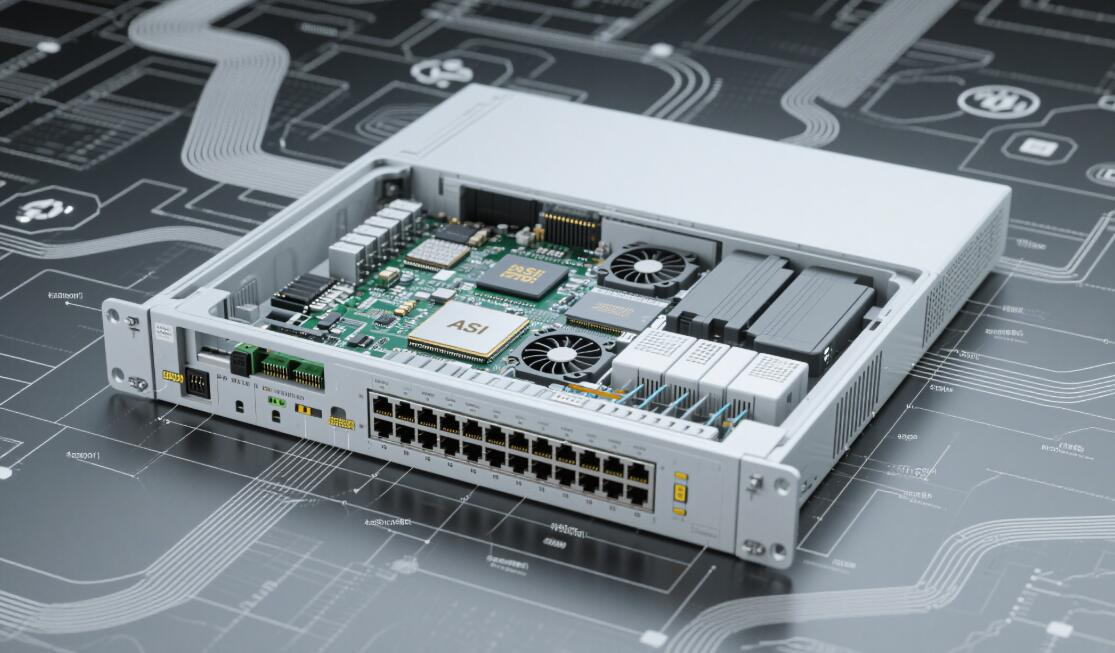 Industry News
Industry News About Us
About Us Data Center Switch
Data Center Switch  Enterprise Switch
Enterprise Switch  Industrial Switch
Industrial Switch  Access Switch
Access Switch  Integrated Network
Integrated Network  Optical Module & Cable
Optical Module & Cable 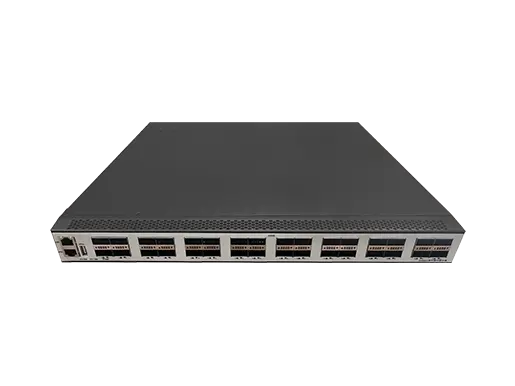
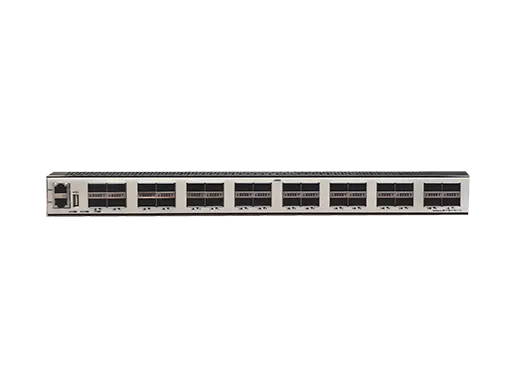
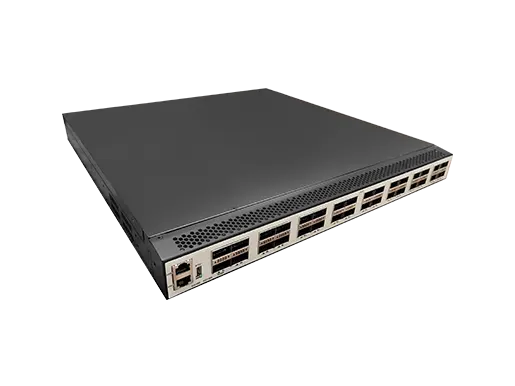

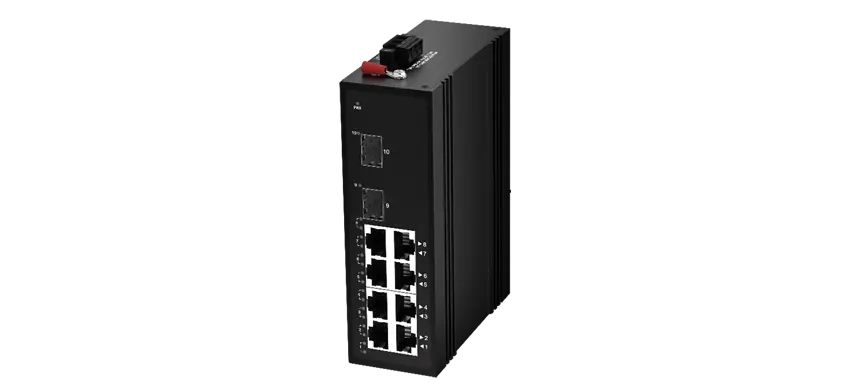
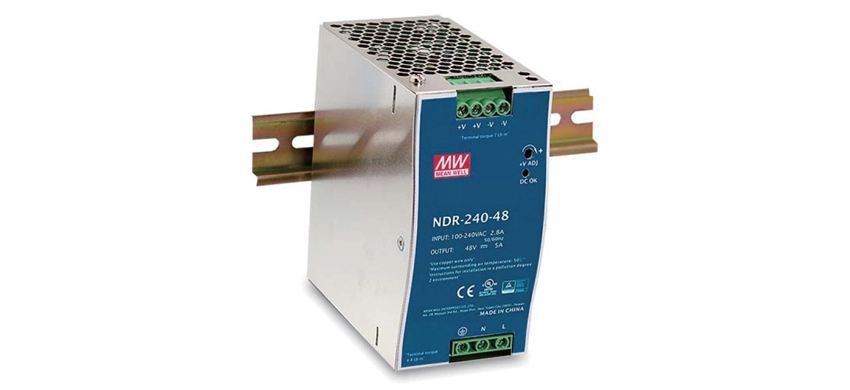
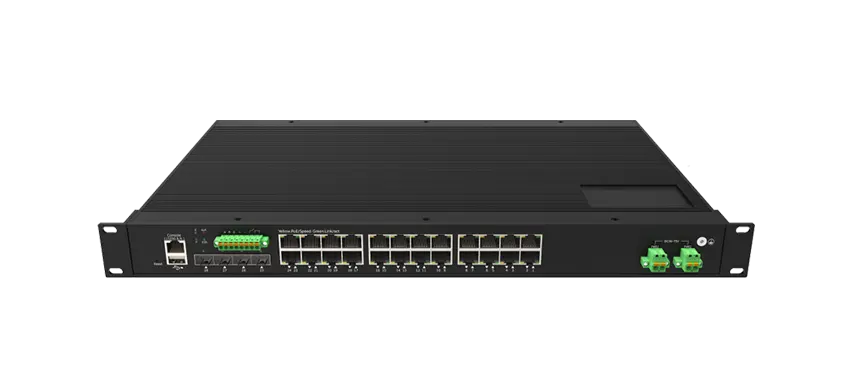
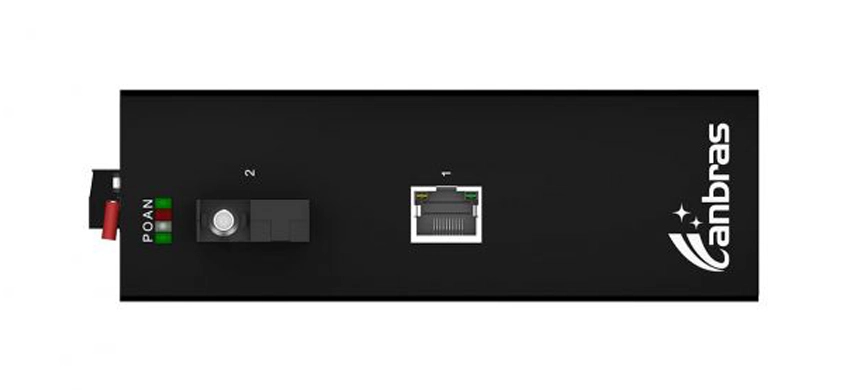
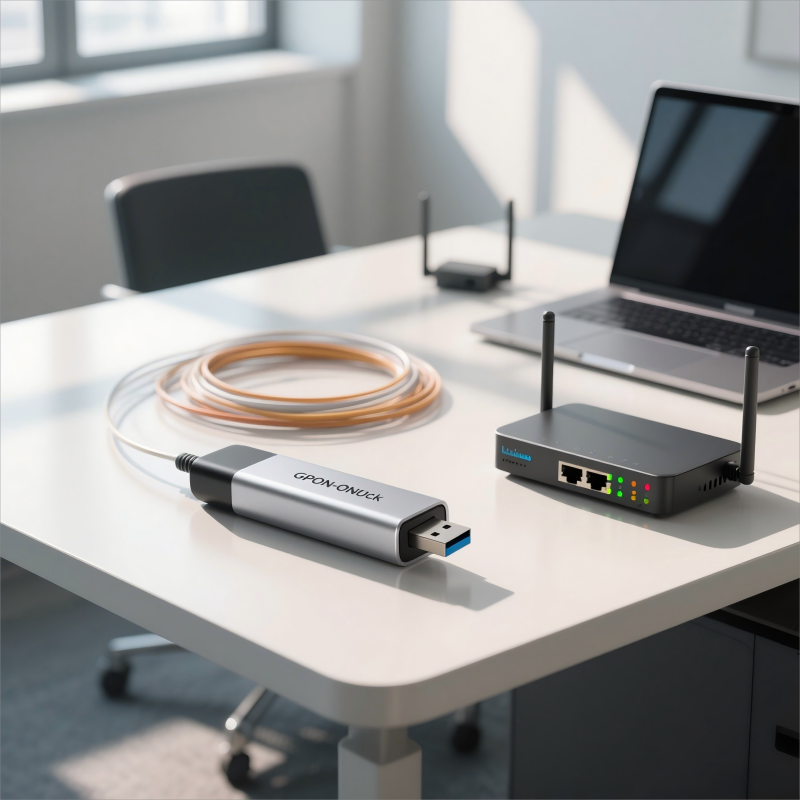


 Call us on:
Call us on:  Email Us:
Email Us:  Room 2106, 3D Building, Tianan Yungu Industrial Park, Xuegang Road No.2018, Bantian, Longgang, Shenzhen, P.R.C.
Room 2106, 3D Building, Tianan Yungu Industrial Park, Xuegang Road No.2018, Bantian, Longgang, Shenzhen, P.R.C.